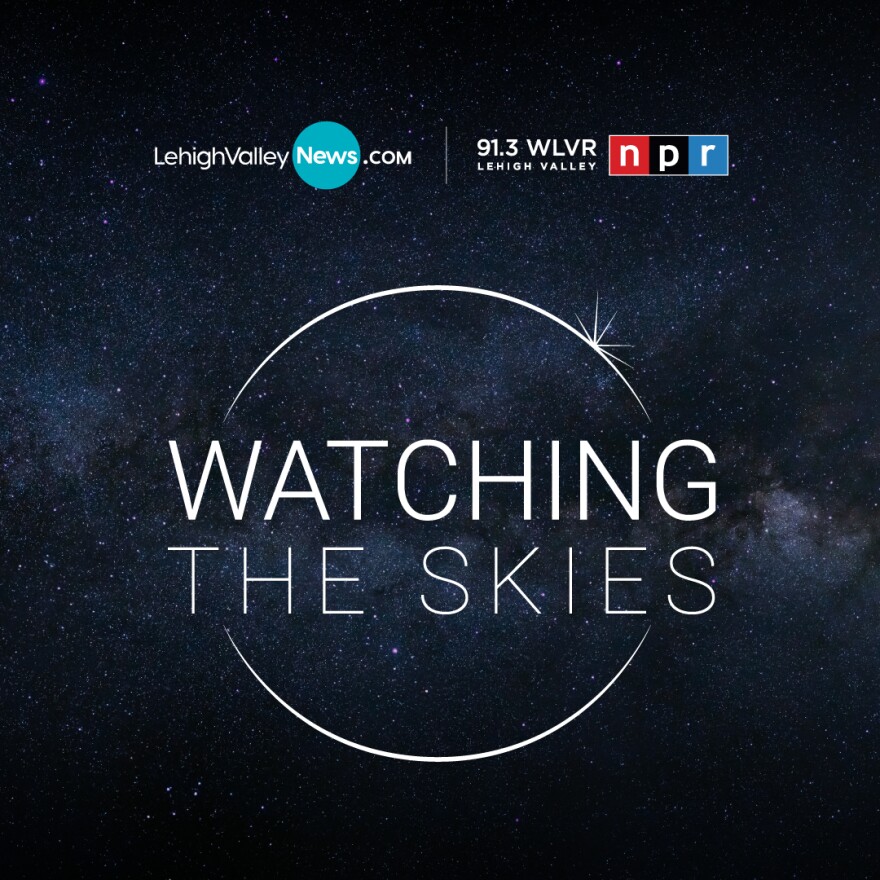BETHLEHEM, Pa. — Brad Klein reviews upcoming astronomical highlights with Bethlehem’s "Backyard Astronomy Guy," Marty McGuire.
This week’s episode echoes the best-selling sociology book "Men Are from Mars, Women Are from Venus" by relationship expert John Gray from the 1990s. Both planets are currently very bright in the night sky and easy to spot with the naked eye.
At this time, Venus, named after the goddess of love, is shining brightly in the role of "evening star."
“It's visible just after sunset in the southwest,” McGuire said.
What makes this a special time for viewing Venus is that the planet is noticeable so high above the evening horizon. Although it appears to be moving toward the western horizon, on a clear night it remains visible for about four hours after the sun goes down.

The planet Mars, named after the Roman god of war, is rising in the east as the sun and Venus are setting in the west. It is a bright reddish orb in the eastern sky. It’s above the horizon all night, but the days and weeks ahead provide a perfect opportunity to compare these two bright planets.
If you locate both Mars and Venus in the night sky before Venus sets (around 9 p.m.), you may well notice another very bright point of light, high overhead. That is the planet Jupiter. Venus is brightest, followed by Jupiter, followed by ruddy Mars.



